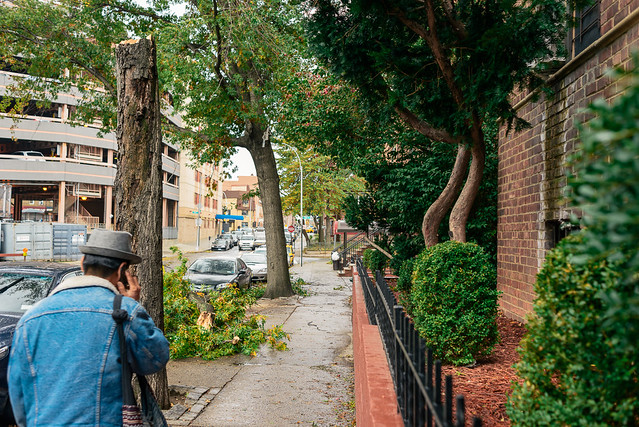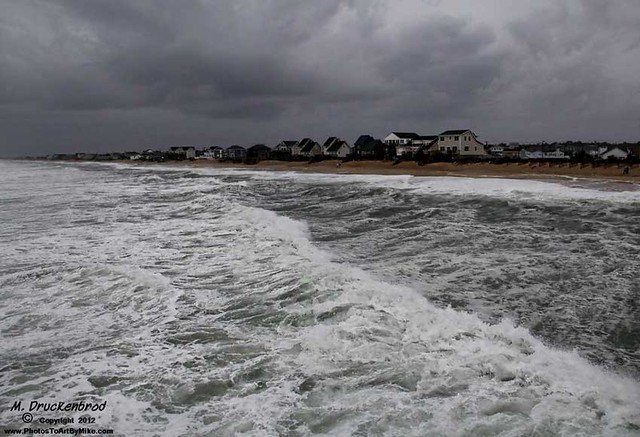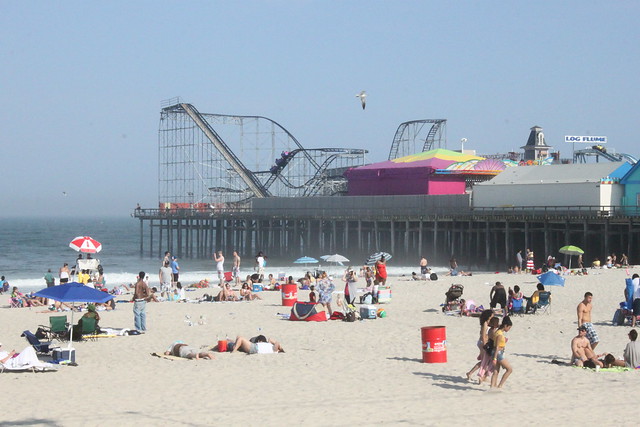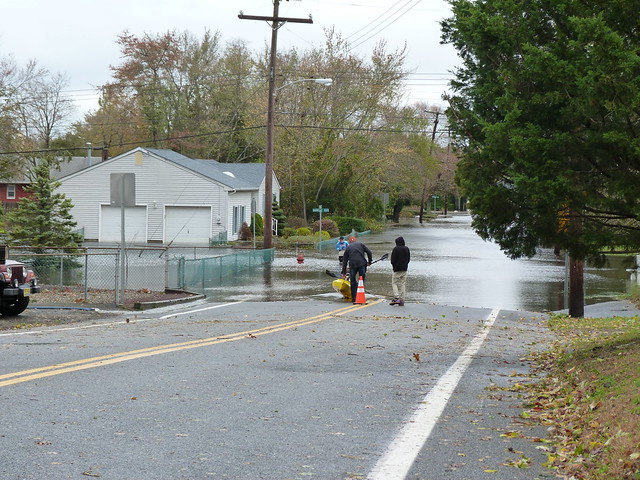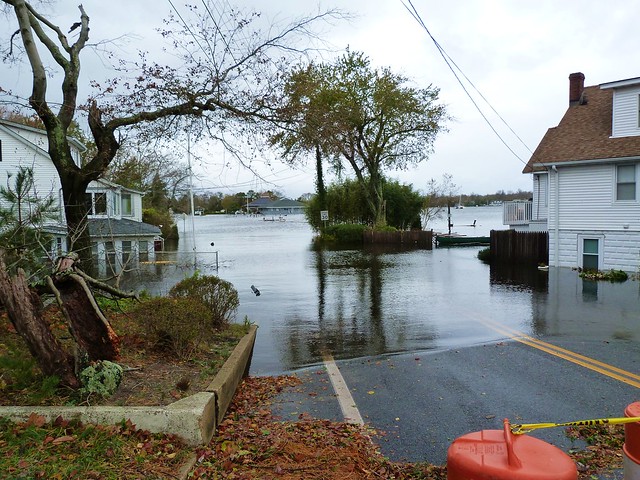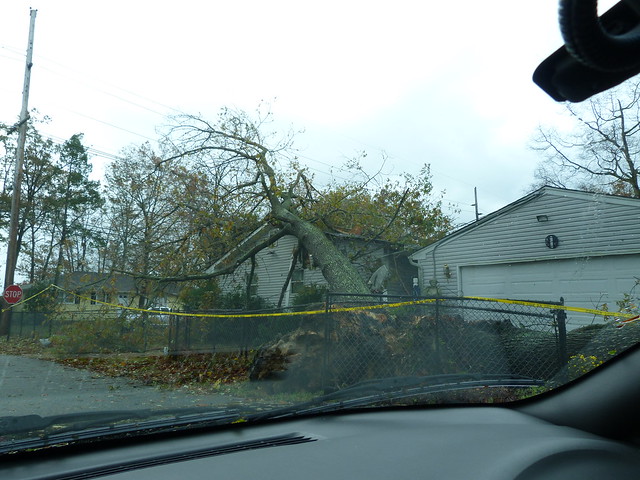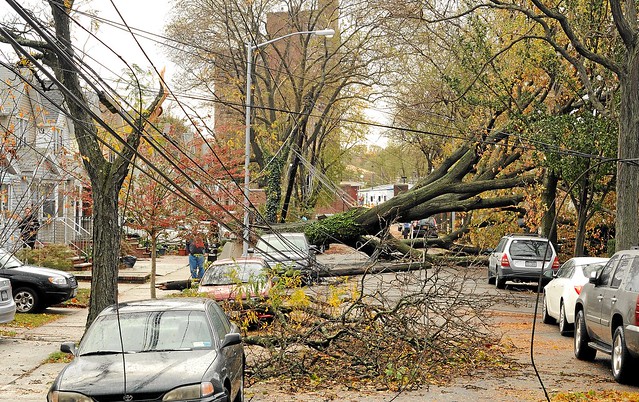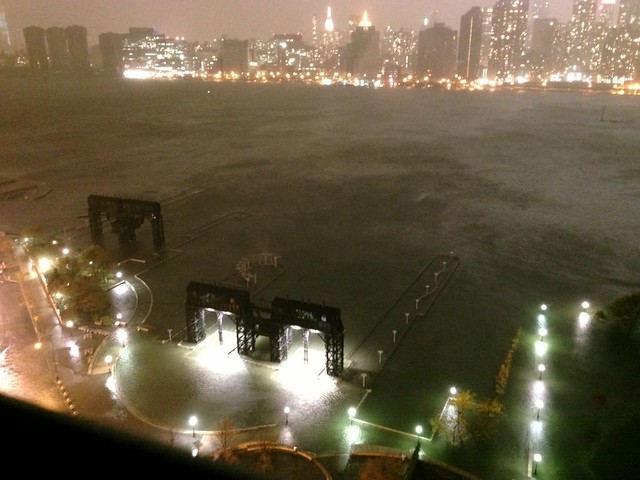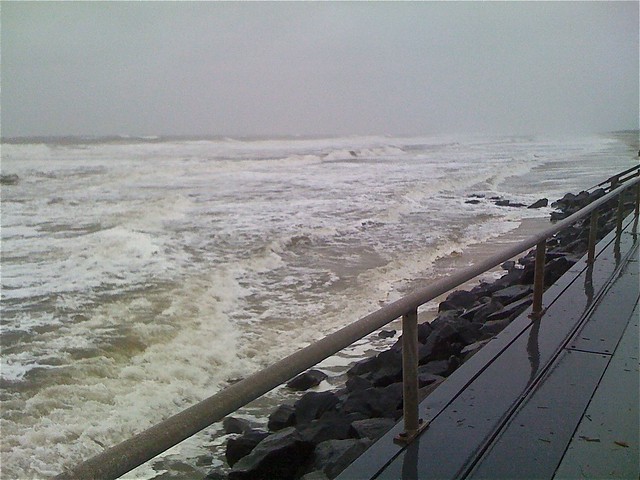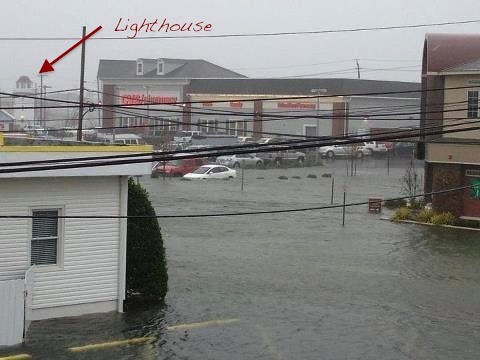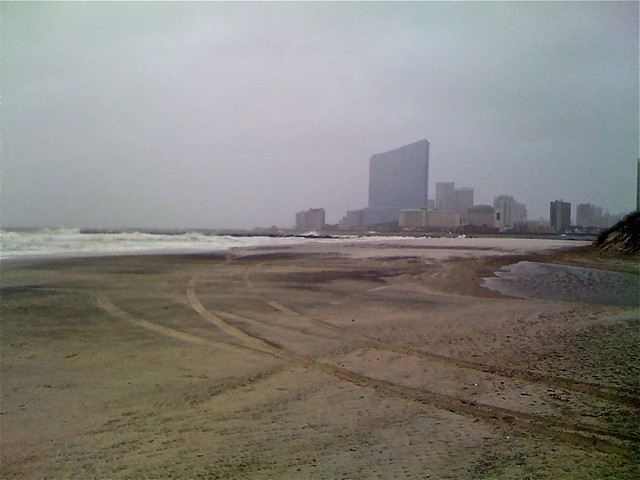Bill Bain Speaks: ‘The Unfair Attacks Are Not Worth Responding To’
Mitt Romney’s oldest mentor, Bill Bain—the founder of Bain & Co. and Bain Capital—defends his company and dismisses political attacks.
Since
the presidential campaign began, tens of millions of dollars have been
spent heaping dirt on Bill Bain’s name. Bain Capital—the investment firm
envisioned by Bain and led by his protégé, Mitt Romney—is likely the
most-attacked private company in the history of American politics.

But
since the salvos against Romney and Bain began during the primaries,
the firm’s founders—and especially, the highly private Bill Bain—have
held their tongues. Indeed, the 75-year-old Tennessean, creator of the
consulting juggernaut Bain & Co. and one of the most influential
businessmen of his generation, has rarely talked to the press. No man
has been more important to Romney’s ascendance, or his private-sector
narrative.
Now,
speaking exclusively to The Daily Beast, Bain has, for the first time,
defended Bain Capital’s record, and sharply dismissed criticism of the
firm. “The unfair attacks are not worth responding to,” he said.
Among those attacks: Texas governor Rick Perry has accused Mitt Romney and Bain Capital of “vulture capitalism” and Obama adviser David Axelrod dubbed Romney a “corporate raider.” On Thursday, Workers Voice, a major union super PAC, released an ad branding Romney an “economic traitor." And in August, the Democratic super PAC Priorities USA released an ad in which Joe Soptic, a Missouri steelworker, linked his wife’s death to Bain Capital’s closure of his plant.
Among those attacks: Texas governor Rick Perry has accused Mitt Romney and Bain Capital of “vulture capitalism” and Obama adviser David Axelrod dubbed Romney a “corporate raider.” On Thursday, Workers Voice, a major union super PAC, released an ad branding Romney an “economic traitor." And in August, the Democratic super PAC Priorities USA released an ad in which Joe Soptic, a Missouri steelworker, linked his wife’s death to Bain Capital’s closure of his plant.
In response, Romney claims that Bain Capital created more than 100,000 jobs during his 15 years as CEO. That record is central to the Romney campaign’s “turnaround artist” narrative. In August, Romney wrote in The Wall Street Journal
that “Bain Capital … succeeded by growing and fixing companies,” and
that he would “put that experience to work to get our economy back on
track.”
Critics have questioned that argument,
and its jobs math. They point to leveraged Bain buyouts and layoffs,
and argue that the purpose of private equity is to deliver shareholder
value, not paychecks.
As Bill Bain puts it, “Bain Capital was founded in 1984 to create value. The founding partners took risk in starting this venture, but succeeded in raising their first fund and in investing it well to create value for their investors.”
As Bill Bain puts it, “Bain Capital was founded in 1984 to create value. The founding partners took risk in starting this venture, but succeeded in raising their first fund and in investing it well to create value for their investors.”
Bain
pioneered the firm’s strategy of information and management-driven
investing. Along with founding partners Romney, T. Coleman Andrews III,
and Eric Kriss, Bain re-imagined private equity around key principles of
management consulting: a wonky, business-school approach that proved
profitable. Bill Bain had been Romney’s personal and professional
mentor, and aggressively recruited the young consultant to lead his
novel investment experiment. As one former Romney colleague, Bill
Achtmeyer, wrote in Monday’s Boston Globe, “Two men can lay claim to the success of Bain: Bill Bain for starting it, and Mitt Romney for saving it.”
When
Bain & Co., the aging parent, was on the verge of death in 1990,
Bill Bain once again turned to Romney, now to take over the company he
had built. Romney returned as interim CEO, for a salary of $1. After a
radical restructuring—and a round of debt-forgiveness from the FDIC—the
consultancy survived. Romney returned to Bain Capital, while Bill Bain
left the company for good.
Bill
Bain and his wife, also named Ann, reside in Naples, Fla.: a sunny,
seaside hamlet whose residents have contributed more than $1.25 million to the leading Romney super PAC, Restore Our Future. The pair are wine enthusiasts, regular attendees—and occasional hosts and prizewinners—at the popular Naples Wine Festival. (The city’s median household income is above twice the national average.)
A Phi Beta Kappa history graduate and Woodrow Wilson Scholar at Vanderbilt University, Bill Bain speaks and writes with PowerPoint-style precision. He prefaced his comments to The Daily Beast with a neat, “I would like to say one thing,” and declined a follow-up interview.
According to donation records at the Center for Responsive Politics, Bill Bain himself has given more than $30,000 to the Republican National Committee, $4,175 each to four state Republican committees, and $5,000 to the Romney campaign itself: the maximum for the primary and the general election. Last week, he was in attendance during Paul Ryan’s Florida fundraising trip.
Bain Capital employees have given $3.25 million to Restore Our Future, $270,000 to the Romney campaign itself—and just more than $43,000 to the Obama campaign.
Bain Capital’s success, as its founder’s words suggest, was measured strictly in shareholder value. And by that metric, the firm did astonishingly well. According to The Wall Street Journal, during Romney’s tenure as CEO from 1984 to 1998, the firm produced about $2.4 billion in gains for its investors, on about $1.1 billion invested.
Some of Romney’s gains came from leveraged buyouts, in which companies acquired by Bain collapsed and filed for bankruptcy. “Business is a risk-reward proposition,” says Bain. “For over 28 years, Bain Capital has invested in many great success stories and some failures.”
A Phi Beta Kappa history graduate and Woodrow Wilson Scholar at Vanderbilt University, Bill Bain speaks and writes with PowerPoint-style precision. He prefaced his comments to The Daily Beast with a neat, “I would like to say one thing,” and declined a follow-up interview.
According to donation records at the Center for Responsive Politics, Bill Bain himself has given more than $30,000 to the Republican National Committee, $4,175 each to four state Republican committees, and $5,000 to the Romney campaign itself: the maximum for the primary and the general election. Last week, he was in attendance during Paul Ryan’s Florida fundraising trip.
Bain Capital employees have given $3.25 million to Restore Our Future, $270,000 to the Romney campaign itself—and just more than $43,000 to the Obama campaign.
Bain Capital’s success, as its founder’s words suggest, was measured strictly in shareholder value. And by that metric, the firm did astonishingly well. According to The Wall Street Journal, during Romney’s tenure as CEO from 1984 to 1998, the firm produced about $2.4 billion in gains for its investors, on about $1.1 billion invested.
Some of Romney’s gains came from leveraged buyouts, in which companies acquired by Bain collapsed and filed for bankruptcy. “Business is a risk-reward proposition,” says Bain. “For over 28 years, Bain Capital has invested in many great success stories and some failures.”
“Business is a risk-reward proposition,” says Bain. “For over 28 years, Bain Capital has invested in many great success stories, and some failures.”
Other
investor gains came from just those success stories: the lasting
ventures Staples, Domino’s Pizza, Sports Authority, and others.
Economists continue (PDF) to debate whether private-equity generates value for the real economy, or creates jobs.
Bill
Bain tells me that, “most importantly,” Bain Capital “has maintained an
overall record of creating significant value for our economy.”
To
both its opponents and defenders, Bain Capital is more than a company.
Democrats have tried to frame Bill Bain’s innovation as the progenitor of “vulture capitalism.”
In this narrative, the firm heralds the 1980s “shareholder revolution,”
which gave managers and owners more power to extract fees and dividends
from companies, while leaving labor with the short end of the stick.
The firm’s political sensitivity was cast in stark relief this July, as Democrats accused Romney of lying about his date of departure
from the company. But even then, Romney’s colleagues stayed silent; the
company itself issued a two-sentence statement. A culture of
discretion, partly forged by Bain himself, has kept the firm’s money
managers out of the campaign’s weeds.
The
few former Romney colleagues who have gone public defending Bain
Capital’s business model have not always received a warm welcome from
the campaign. Ed Conard, a former Bain Capital managing director and
major Romney donor, made headlines with a June book that seemed to defend inequality
as a natural consequence of competitive capitalism. The Romney campaign
refused to comment. George Gilder, the conservative economist and
George Romney ghostwriter, last month lauded Bill Bain and Mitt Romney
as epochal supply-siders in The American Spectator. Again, no comment from the campaign.
Breaking
his silence 11 days before the election, Bill Bain did not mention his
old protégé by name. But, other than Romney himself, no higher authority
on Bain Capital has yet defended its business model in such clear,
“value”-focused terms—nor so briskly dismissed the attacks.
Private Equity 2012 02
Private Equity 2012 02



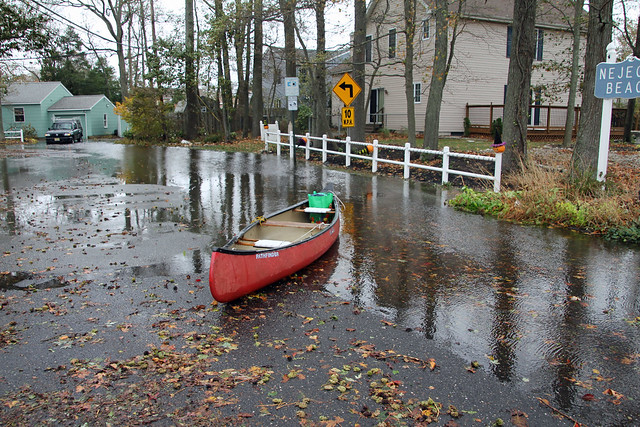
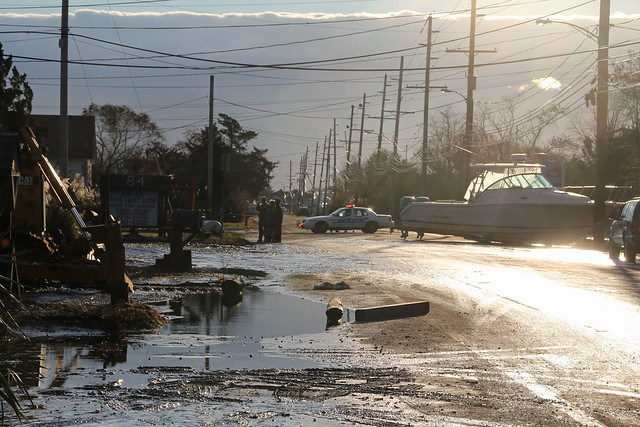


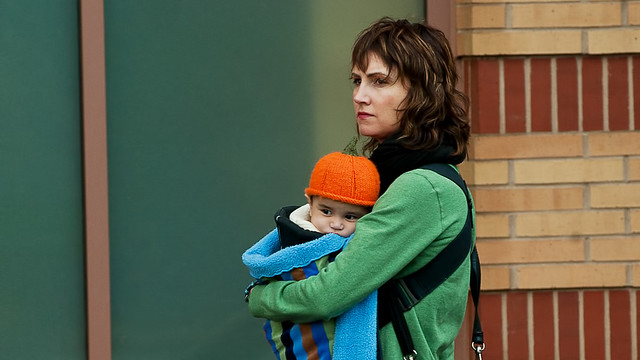



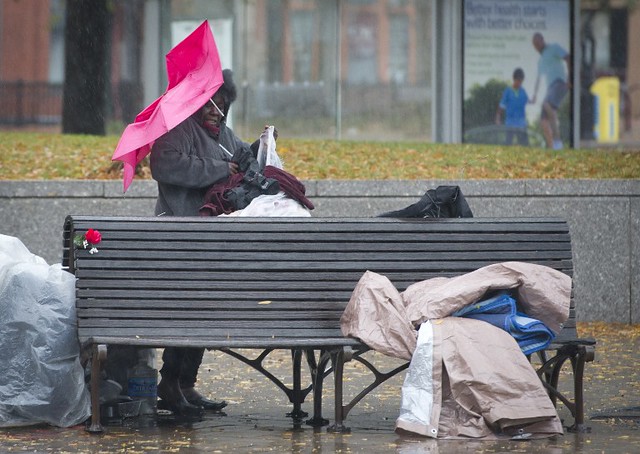

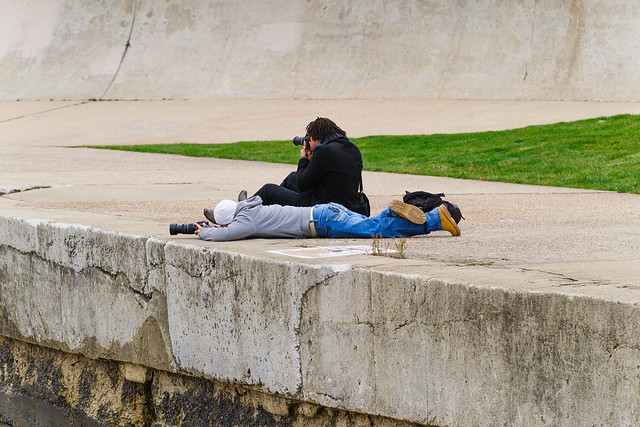



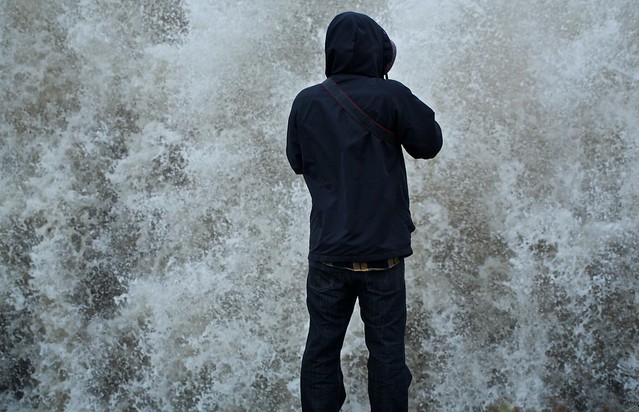

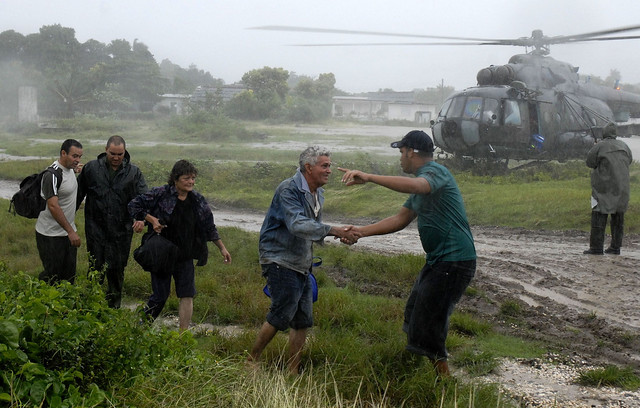

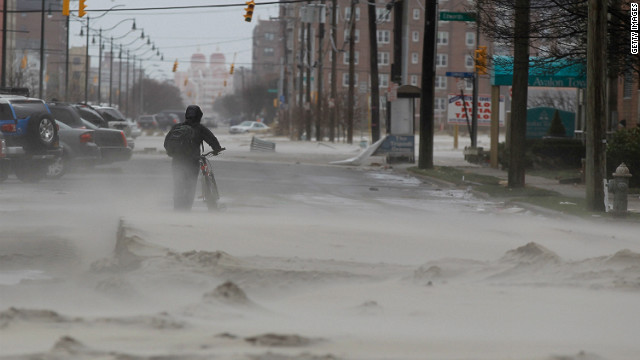 A resident walks down a street covered in beach sand due to flooding from Hurricane Sandy in Long Beach, New York on Tuesday.
A resident walks down a street covered in beach sand due to flooding from Hurricane Sandy in Long Beach, New York on Tuesday. Ted Wondsel, owner of Ted's Fishing Station in Long Beach, assesses the damage to his business Tuesday.
Ted Wondsel, owner of Ted's Fishing Station in Long Beach, assesses the damage to his business Tuesday. 

